
cd_nom
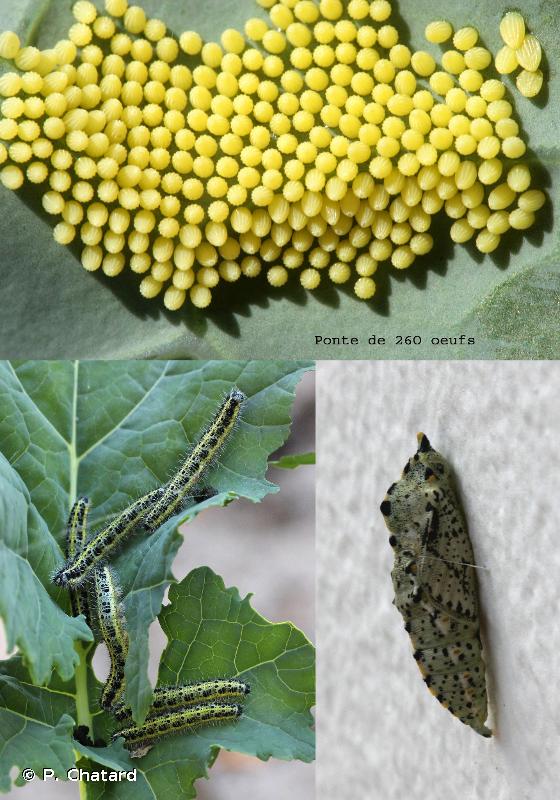
| Auteur : P. Chatard |
 |
Pour se procurer la photo originale ou demander une autorisation d'utilisation, consulter :
Patrice Chatard
email : inpn@mnhn.fr
Malgré la licence Creative Commons, n'hésitez pas à informer l'auteur de l'utilisation qui sera faite de sa photo
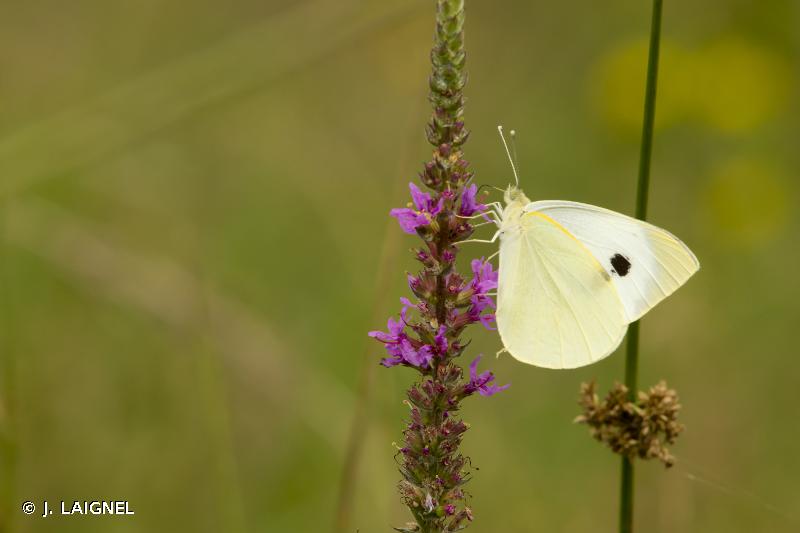
| Auteur : J. LAIGNEL |
 |
Pour se procurer la photo originale ou demander une autorisation d'utilisation, consulter :
Julien Laignel
Chargé de mission SNB - UMS2006-PATRINAT/MNHN
4, avenue du Petit Château
91800 BRUNOY
Tel.: 06.10.68.23.36
Mail: julien.laignel@9online.fr
Malgré la licence Creative Commons, n'hésitez pas à informer l'auteur de l'utilisation qui sera faite de sa photo
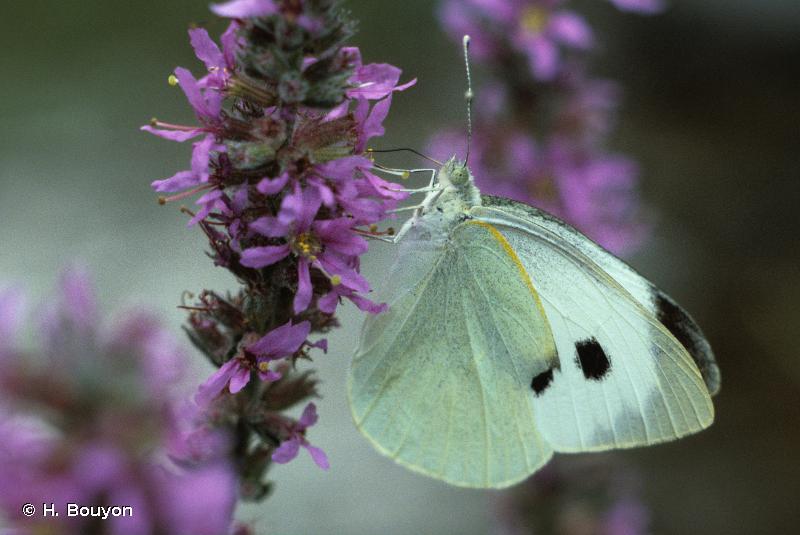
| Auteur : H. Bouyon |
 |
Pour se procurer la photo originale ou demander une autorisation d'utilisation, consulter :
Hervé BOUYON
email : herve.bouyon@wanadoo.fr
Toute réutilisation de la présente photographie doit faire l’objet d’une demande d’autorisation auprès de l’auteur.
Lien vers le code de la propriété intellectuelle (Legifrance)

| Auteur : S. Richaud |
 |
Pour se procurer la photo originale ou demander une autorisation d'utilisation, consulter :
Sonia Richaud
email : inpn@mnhn.fr
Malgré la licence Creative Commons, n'hésitez pas à informer l'auteur de l'utilisation qui sera faite de sa photo
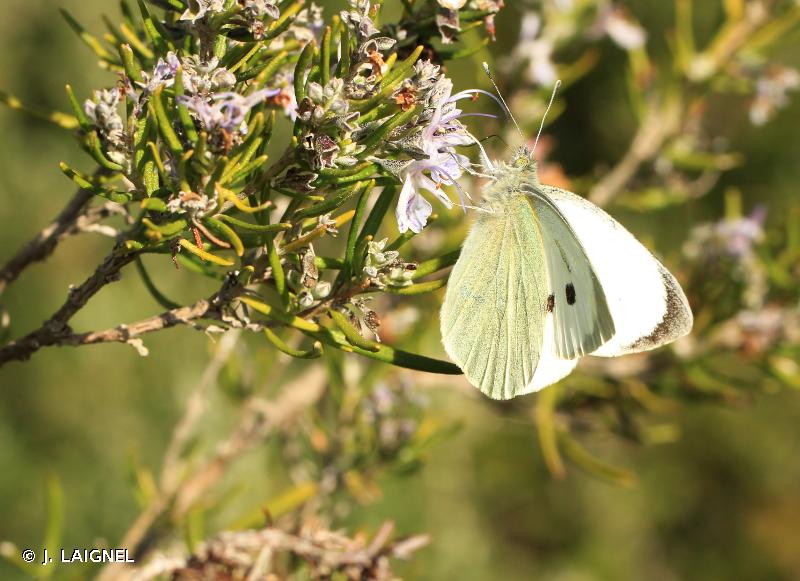
| Auteur : J. LAIGNEL |
 |
Pour se procurer la photo originale ou demander une autorisation d'utilisation, consulter :
Julien Laignel
Chargé de mission SNB - SPN/MNHN
4, avenue du Petit Château
91800 BRUNOY
Tel.: 06.10.68.23.36
Mail: julien.laignel@9online.fr
Malgré la licence Creative Commons, n'hésitez pas à informer l'auteur de l'utilisation qui sera faite de sa photo
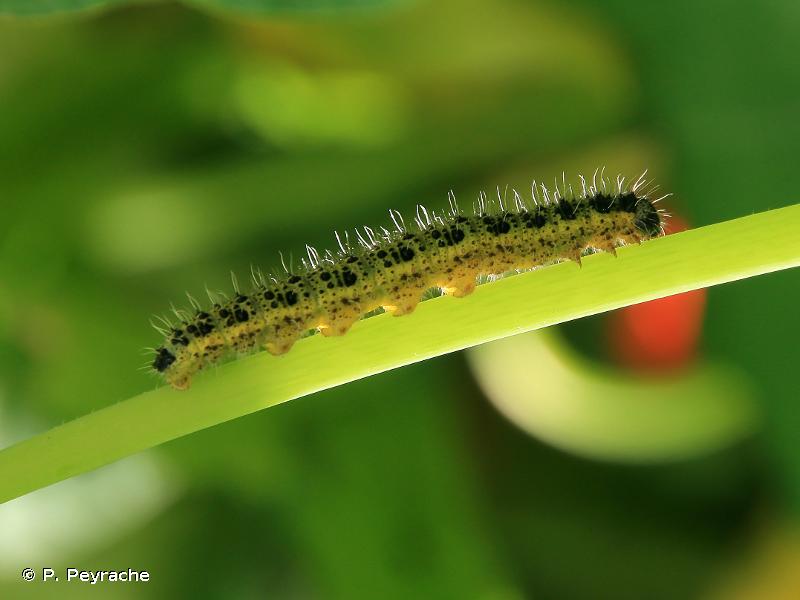
| Auteur : P. Peyrache |
 |
Pour se procurer la photo originale ou demander une autorisation d'utilisation, consulter :
pascaldgp@yahoo.fr
Toute réutilisation de la présente photographie doit faire l’objet d’une demande d’autorisation auprès de l’auteur.
Lien vers le code de la propriété intellectuelle (Legifrance)

| Auteur : S. Wroza |
 |
Malgré la licence Creative Commons, n'hésitez pas à informer l'auteur de l'utilisation qui sera faite de sa photo
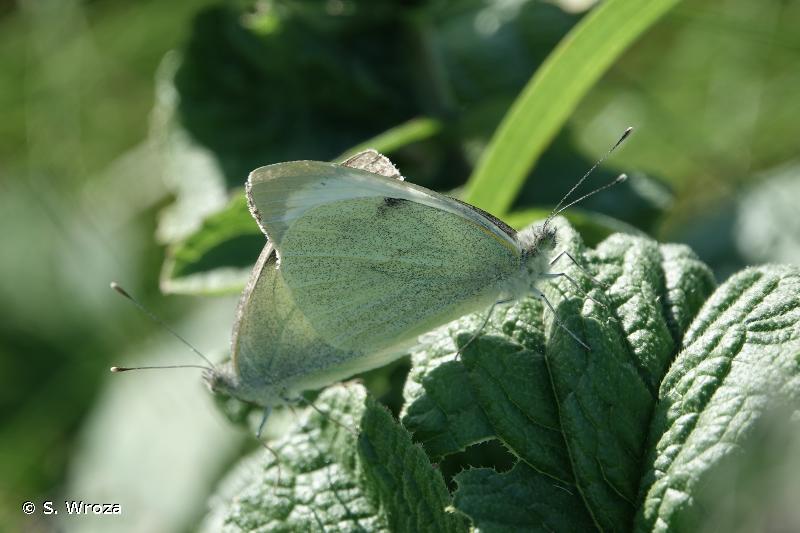
| Auteur : S. Wroza |
 |
Malgré la licence Creative Commons, n'hésitez pas à informer l'auteur de l'utilisation qui sera faite de sa photo
Taille/poids :
Longueur de l'aile antérieure : 25-35 mm.
Diagnose :
Le dessus des ailes est blanc avec une tache apicale noire et concave au niveau des ailes antérieures. Les femelles ont deux taches noires au milieu des ailes antérieures. On observe deux taches noires sur le dessous des ailes antérieures chez les deux sexes. Le dessous des ailes postérieures est jaune crème.
Détermination :
La taille plus importante rend cette espèce simple à reconnaître.
Espèces proches :
L'espèce peut être confondue avec d'autres piérides. Ces dernières ont une taille plus réduite et la tache apicale des ailes antérieures n'est pas autant développée.
Période d'observation :
Les adultes peuvent être observés de mars à novembre.
Biologie-éthologie :
C'est une espèce avec trois générations par an. Les adultes éclosent au printemps. Les œufs sont pondus en groupes sous les feuilles de plusieurs espèces de Brassicacées et des Capucines. La chrysalide est suspendue dans la végétation et c'est à ce stade que l'espèce passe l'hiver. Les adultes sont très floricoles et ont des capacités de déplacement très importants.
Biogéographique et écologie :
L'espèce est présente dans toute l'Europe, en Afrique du nord et dans toute l'Asie tempérée. C'est une espèce commune qui fréquente de nombreux espaces notamment en milieu rural. Les adultes sont observés jusqu'à plus de 2 200 m d'altitude.
D'après :
Essayan, R., Jugan, D., Mora, F. & Ruffoni, A. 2013. Atlas des papillons de jour de Bourgogne et de Franche-Comté (Rhopalocères et Zygènes). Revue Scientifique Bourgogne-Nature, Hors-Série (13) : 1-494.
P. Dupont(UMS 2006 Patrimoine Naturel (AFB / CNRS / MNHN)),2016
continental
Métropole
Outre-mer
marin
Métropole
Outre-mer
La carte présente une synthèse à la maille 10 x 10 km des données d’observation de l’espèce transmises au SINP. Ces données ont été soumises à des filtres de validation.
La carte présente une couche de répartition de référence de l’espèce à l’échelle des départements et des secteurs marins. Les données de présence et d’absence ont été établies par expertise au sein d’un réseau de partenaires. Cette répartition de référence est utilisée dans le processus de validation des données du SINP au niveau de l’INPN.
Correspond à un signalement sur la base d'au moins une observation avérée dans une période de 10 ans (20 ans pour les invertébrés peu connus) précédant l'année de référence et aucune présomption de disparition depuis l'obtention de la dernière donnée ni doute sur le caractère reproducteur et implanté de cette population. Pour les espèces migratrices, la pr&easence indiqu&eae concerne les zones de reproduction.
Ce statut se base sur un ou plusieurs des critères suivants :
Ce point recouvre l'absence, par nature plus difficile à démontrer que la présence. Ce statut se base sur un ou plusieurs des critères suivants :
Ce statut doit également être attribué à un département dans lequel la présence de l'espèce est occasionnelle.
Cas particulier d'absence liée à une disparition avérée depuis moins d'un demi-siècle (les disparitions anciennes sont traitées comme « absence probable ou certaine »).
Dans l'état des connaissances, on ne peut pas se prononcer sur la présence ou l'absence actuelle dans le département. Il s'agit du statut utilisé par défaut quand on ne se situe pas dans une des catégories précédente ou dès lors qu'il y a un doute.
La carte présente la répartition mondiale de l’espèce à partir des données du GBIF (Global Biodiversity Information Facility - Système mondial d'information sur la biodiversité).
